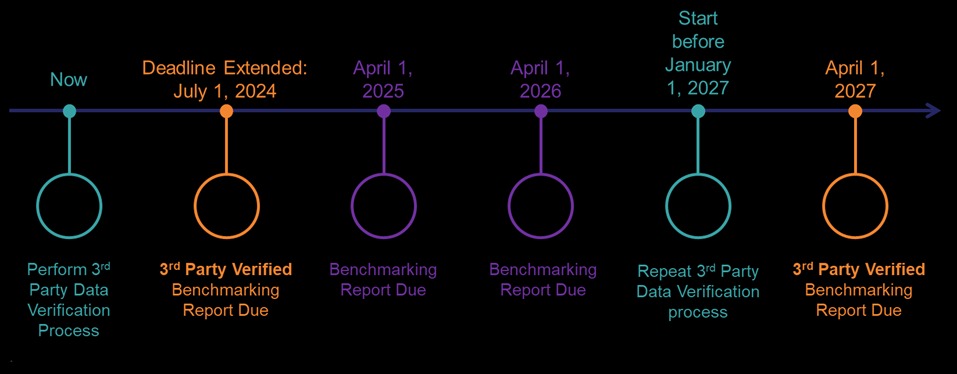Accessibility consultants work at the intersection of architecture and social justice. It’s much more than checking the boxes on accessibility requirements of laws and codes; it takes precision, dedication, and creativity to solve problems and remove physical barriers to access that have historically marginalized people with disabilities.
To mark the anniversary of the Americans with Disabilities Act (ADA) on July 26, we invited three members of the accessibility team at Steven Winter Associates (SWA) on the Buildings + Beyond podcast. Combined, they have almost 40 years of experience as accessibility consultants! We hope you’re as inspired as we are by their wisdom (yes, wisdom; we talk a lot about this), lessons learned, and stories from the field.
Podcast: Play in new window | Download | Embed
Subscribe: Apple Podcasts | Spotify | Amazon Music | Pandora | More
(more…)
